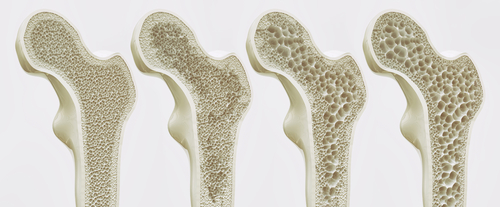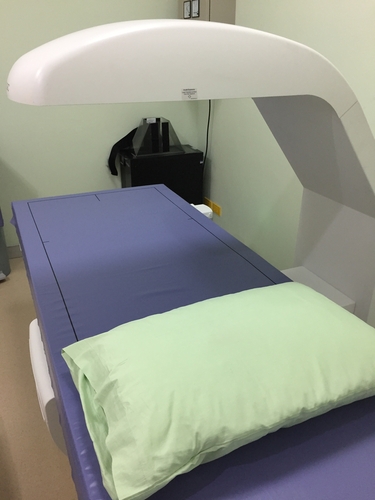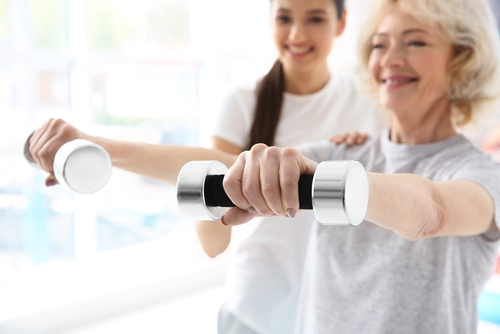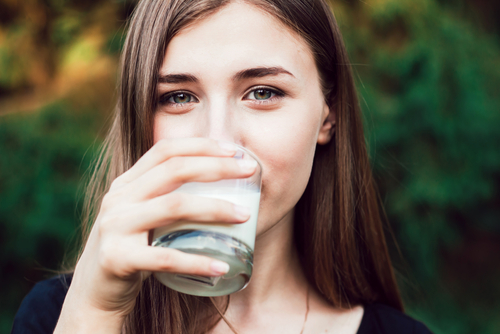


The Prevention and Management of Osteoporosis
Diet:
The World Health Organisation recommended a balanced diet for the prevention of Osteoporosis. This should provide us with the recommended daily allowance of calcium. The Irish Osteoporosis Society recommended that calcium to be consumed as part of our normal diet and supplementation should only be considered when this is not deemed possible. A balanced diet should prevent low body weight throughout the life.
Exercise:
While proper nutrition is essential for healthy bones, when it comes to the prevention of osteoporosis, exercise is the key element! People are encouraged to be physically active throughout their lifeIt is when we apply force through our bones that new bone growth is stimulated. It makes sense then that exercise must involve some form of impact eg walking, running, skipping etc. Low impact exercise such as swimming or cycling will do little or nothing to stimulate bone growth. Resistance training however will to some degree as muscles will pull on their attachment sites and exert a force in this way.
Early diagnosis:
Like so many conditions, early detection is key. If you have one or more of the risk factors listed above or if you have sustained a fracture from a minor incident, speak to your doctor about having a DEXA scan.
Get Outside:
Vitamin D, or ‘the sunshine vitamin’ as it is affectionately known is essential to the body for the absorption of calcium. Vitamin D is synthesised in the body following exposure of the skin to sunlight. In areas where there is little sunshine, Vitamin D supplementation should be considered.
Falls Prevention:
Falls prevention strategies should be implemented where there is a risk of falling combined with a diagnosis of Osteoporosis. This may include balance training and general strength and conditioning. Where the risk of remains high, further measures should be taken to avoid fracture, such as wearing hip protector garments or using mobility aids.
Avoidance of smoking and high alcohol intake
This one is self explanatory.
If you would like more information on Osteoporosis, please call us on (01) 825 2623 or email us at info@cloneephysio.ie

